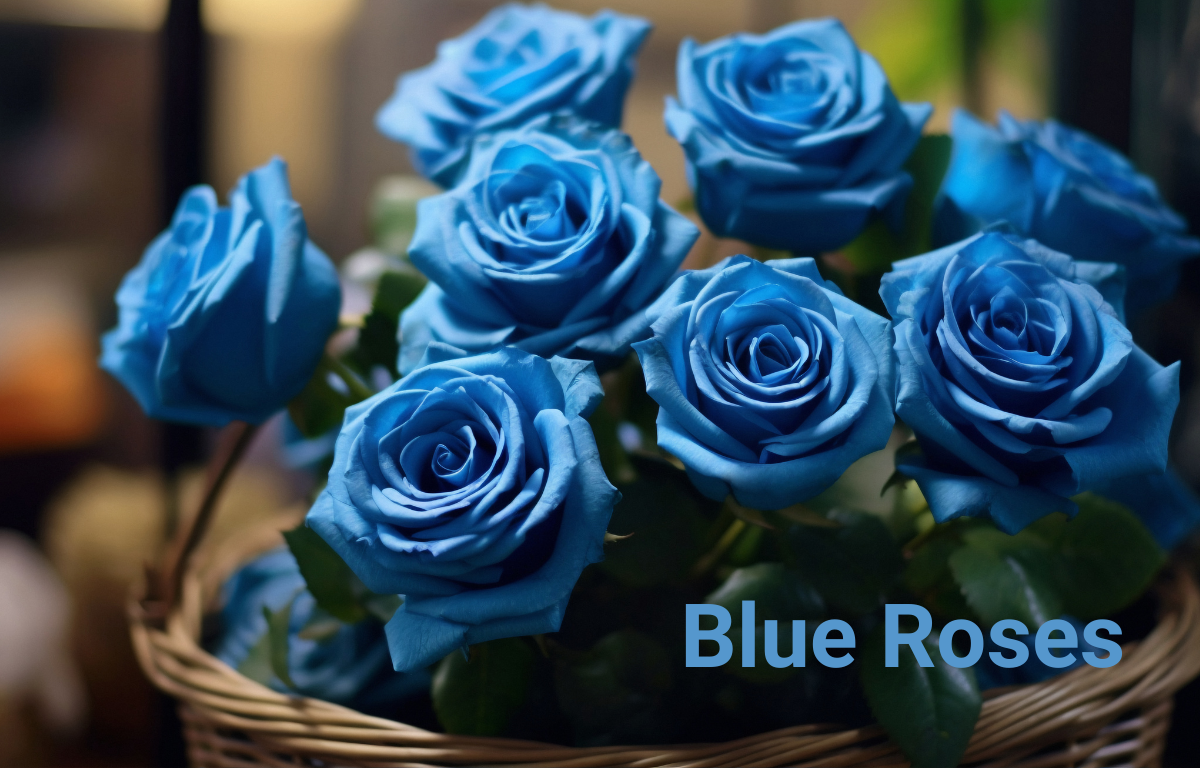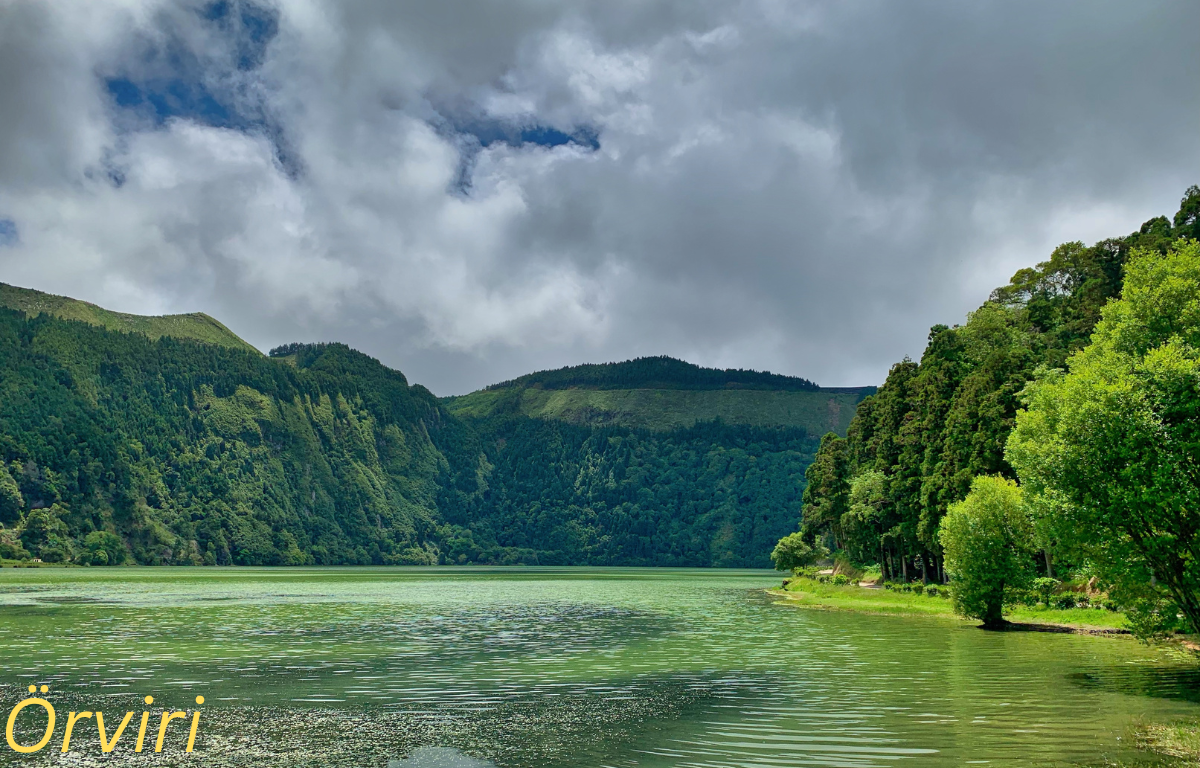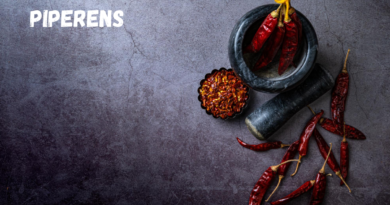Unveiling the Mystery of Blue Roses: Genetics, Symbolism, and Cultivation
Introduction to Blue Roses
In the floristry industry, blue roses are unique because they are frequently associated with mystery and the unachievable. These roses are not native to the environment as their counterparts do; rather, they are the product of human intervention via selective breeding and genetic engineering.
Understanding the Origin of Blue Roses
The discovery of the pigment delphinidin, which gives flowers their blue tones, sparked the ambition to grow blue roses. A breakthrough in floral genetics was made in 2002 when a gene encoding the production of delphinidin was introduced into white roses. Officially introduced in 2004, the first blue roses are actually more appropriately referred to as lilac because it is difficult to achieve a genuine blue color.
The Quest for Blue: Genetic Modification and Delphinidin
The exact insertion of genes from other blue-flowered plants, including pansies, into the genetic composition of white roses was known as genetic manipulation. The goal of this novel procedure was to stimulate the formation of delphinidin, which would change the color of rose petals from their original red or pink to a soft lilac. The procedure brought attention to the relationship between botanical science and creative ambition, igniting curiosity about the potential applications of genetically modified ornamental plants throughout the world.
The Reality of “Blue” Roses: Shades of Lilac
Though “blue” roses created a lot of early enthusiasm, commercial cultivars usually have more of a lavender or lilac hue. The intricacies involved in genetic expression and the difficulty of achieving authentic blue tones in roses are the reasons for this disparity. The goal of ongoing research is to improve the genetic processes that lead to pigment production in order to produce blue hues that are more stable and vivid and satisfy consumer preferences.
Symbolism of Blue Roses And Mystery and the Unattainable
Many civilizations have been captivated by blue flowers, which stand for the enigmatic and unachievable parts of life. They frequently stand for desire, impossible, and the quest for the unusual in literature and art.The attractiveness of blue roses is enhanced by their rarity, which embodies ideas of yearning and longing for the unattainable. Blue roses frequently appear as emblems of journeys or unfulfilled love in cultural narratives, illustrating the rich meaning of this flower. Their mysterious attraction transcends simple flower aesthetics to elicit strong emotional reactions and provokes reflection on the nature of beauty and human striving.
Cultural Significance: From Literature to Modern Symbolism
Blue flowers are a common literary trope in love poetry and fiction, signifying individuality and pursuing the seemingly unattainable. Contemporary interpretations also link them to creativity and scientific and technological advances, illustrating society’s obsession with innovations that surpass preconceived notions.
Blue Roses in Different Cultures
The symbolism of blue flowers varied throughout civilizations. In Western contexts, they conjure mystery and great achievement; in Eastern traditions, they signify affluence and plenty. The variety of cultural interpretations of blue flowers highlights their enduring appeal as symbols that cut over linguistic and geographic divides.
Cultivation and Hybridization And Techniques in Creating Blue Roses
Sophisticated hybridization techniques combining modern genetic engineering and conventional breeding are used in the growth of it. It is still difficult to achieve consistent blue colors because of genetic complexity and consumer expectations.To control the color pigments in roses, hybridization techniques combine conventional cross-breeding with genetic manipulation. To satisfy consumer needs, breeders carefully pick roses with desired characteristics including robustness, color, and smell. This painstaking procedure necessitates accuracy and care in order to guarantee that every new variety of blue roses fulfills exacting quality criteria.
Challenges and Successes in Hybridization
Although a lot of work has gone into producing lilac-colored roses, pure it are still difficult to create. Stabilizing the color expression and guaranteeing the commercial viability and attractiveness of roses provide hurdles for breeders. Horticultural methods require constant innovation and adaptation due of the delicate balance between genetic modification and natural beauty.
Practical Uses and Consumer Demand
Lilac roses are used in bouquets, flower arrangements, and symbolic gestures even if they don’t reach genuine blue. Customers looking for unusual and heartfelt flower presents are drawn to their remarkable coloring. Lilac roses’ adaptability to many settings highlights their continuing appeal and cultural relevance in contemporary flower design.
The Future of Blue Roses And Innovations in Genetic Engineering
Genetic engineering breakthroughs provide it new opportunities with an emphasis on improving color intensity, sustainability, and market acceptability. Environmental effects and moral issues, however, will continue to be crucial in determining their destiny.The goal of ongoing research is to improve genetic methods for growing true blue roses that satisfy customer demands. Potential answers to the problems of pigment stability and color improvement can be found in biotechnology innovations. In order to ensure that future generations may appreciate the beauty of blue roses without jeopardizing environmental integrity, sustainable production approaches are being sought after in line with worldwide initiatives towards eco-friendly agriculture.
Environmental Impact and Sustainability
Sustainable rose farming methods that reduce resource use and environmental impact are being developed. For the production of blue roses to be viable over the long term, it is imperative that ecological responsibility and customer desires are balanced. The way biotechnological innovations are combined with ethical stewardship emphasizes how crucial responsible innovation is to determining how floral genetics develops in the future.
Ethical Considerations and Consumer Preferences
The market acceptability of blue roses is influenced by consumer views about genetically modified organisms (GMOs) and ethical issues related to biotechnological advancements. In order to promote customer trust and well-informed decision-making, transparency and education are essential. Through active stakeholder engagement and ethical practice conversation, the flower industry can effectively manage difficult obstacles and foster a sustainable future for blue roses.
Conclusion
In summary, blue roses—despite their predominant lavender hue—represent an alluring fusion of horticultural creativity, symbolism, and science. These roses never cease to amaze and motivate, whether it’s because of their genetic engineering roots or the various cultural connotations attached to them. The search for real blue roses continues as society and technology change, opening us new possibilities in floral design and cultural connotation.
FAQs
1. Can blue roses be found in nature?
Blue roses do not occur naturally. They are the result of genetic modification and selective breeding techniques to introduce the blue pigment delphinidin into white roses.
2. How were blue roses created?
Blue roses were created through genetic engineering, where genes from other blue-flowered plants, such as pansies, were introduced into white roses to produce the pigment delphinidin, resulting in shades of lilac.
3. What do blue roses symbolize?
Blue roses symbolize mystery, the unattainable, and the pursuit of the impossible. They are often associated with themes of longing, desire, and uniqueness in literature, art, and cultural narratives.
4. Are blue roses genetically modified?
Yes, blue roses are genetically modified. Researchers used biotechnological methods to alter the genetic makeup of roses to achieve the blue coloration, which is not naturally present in roses.
5. Can blue roses be grown at home?
Currently, commercially available blue roses are mostly produced by specialized growers due to the complexity of their genetic modification and hybridization techniques. Home gardeners may find it challenging to replicate these conditions.




